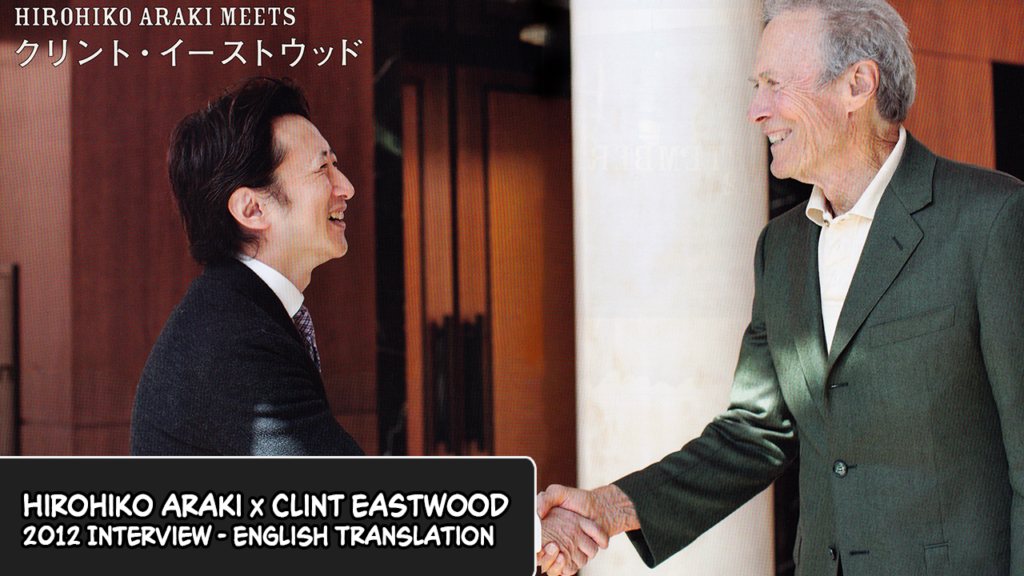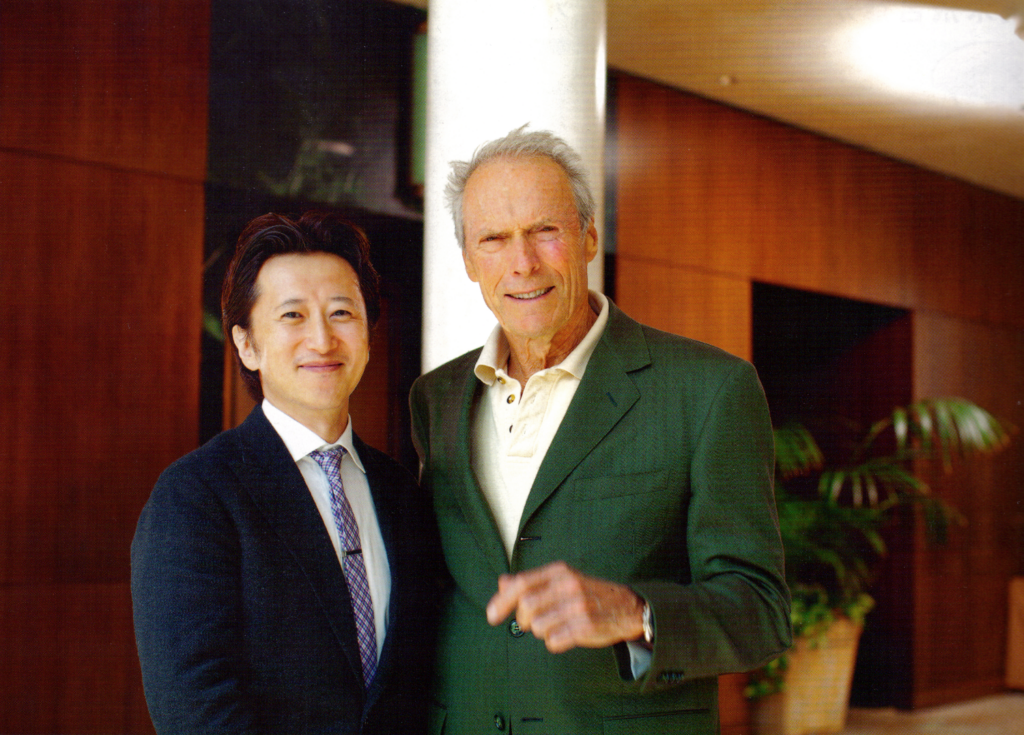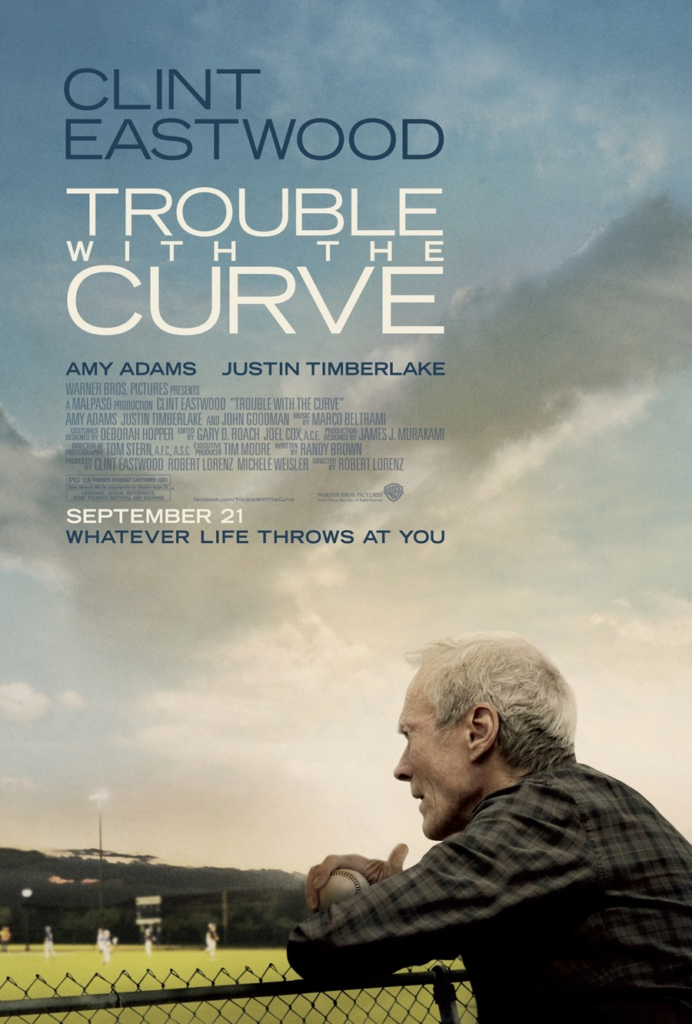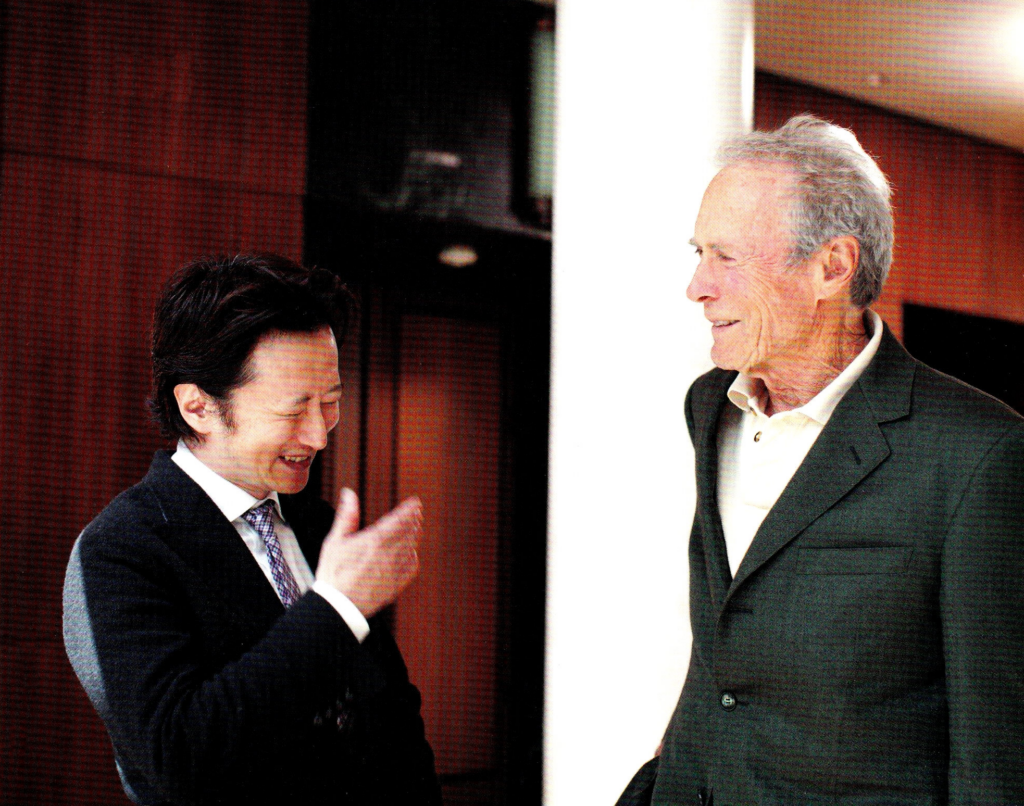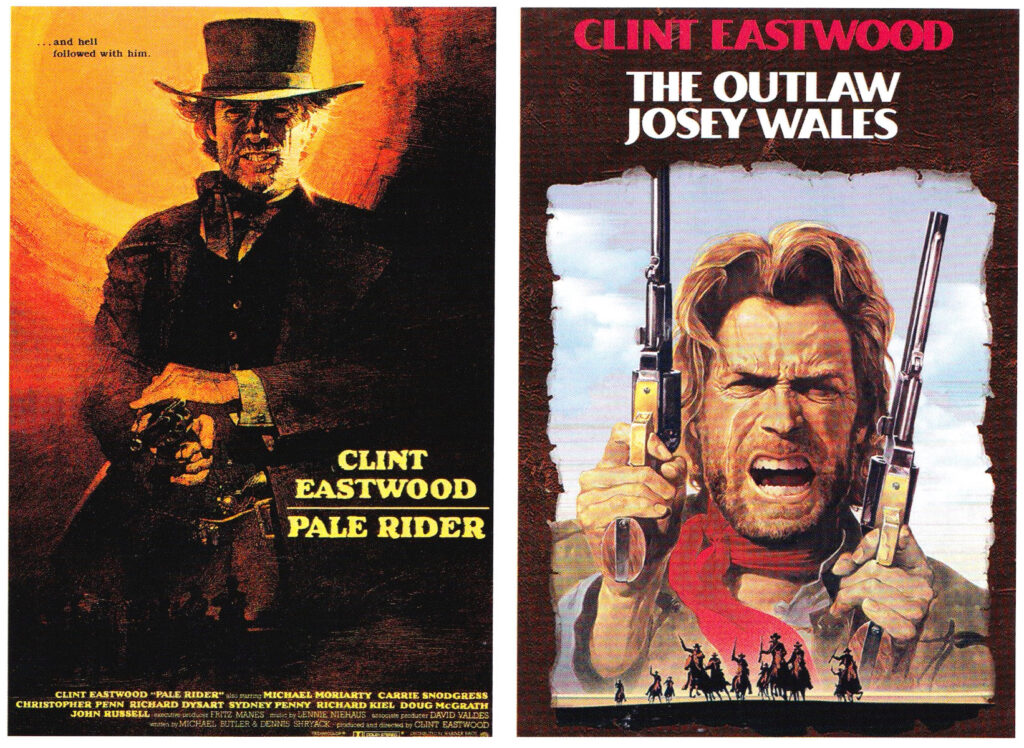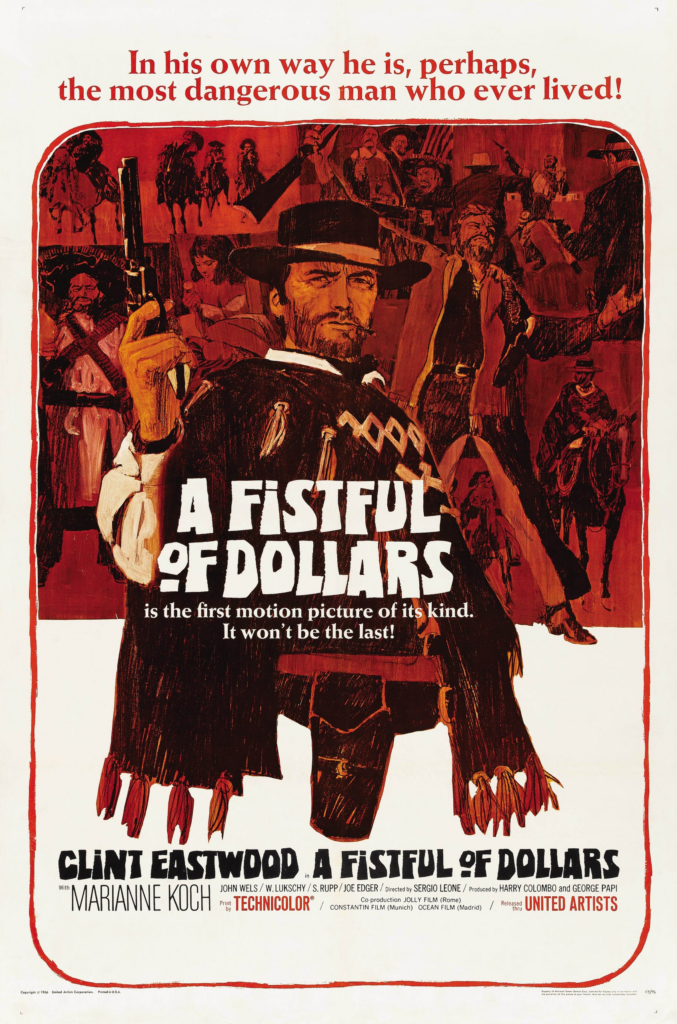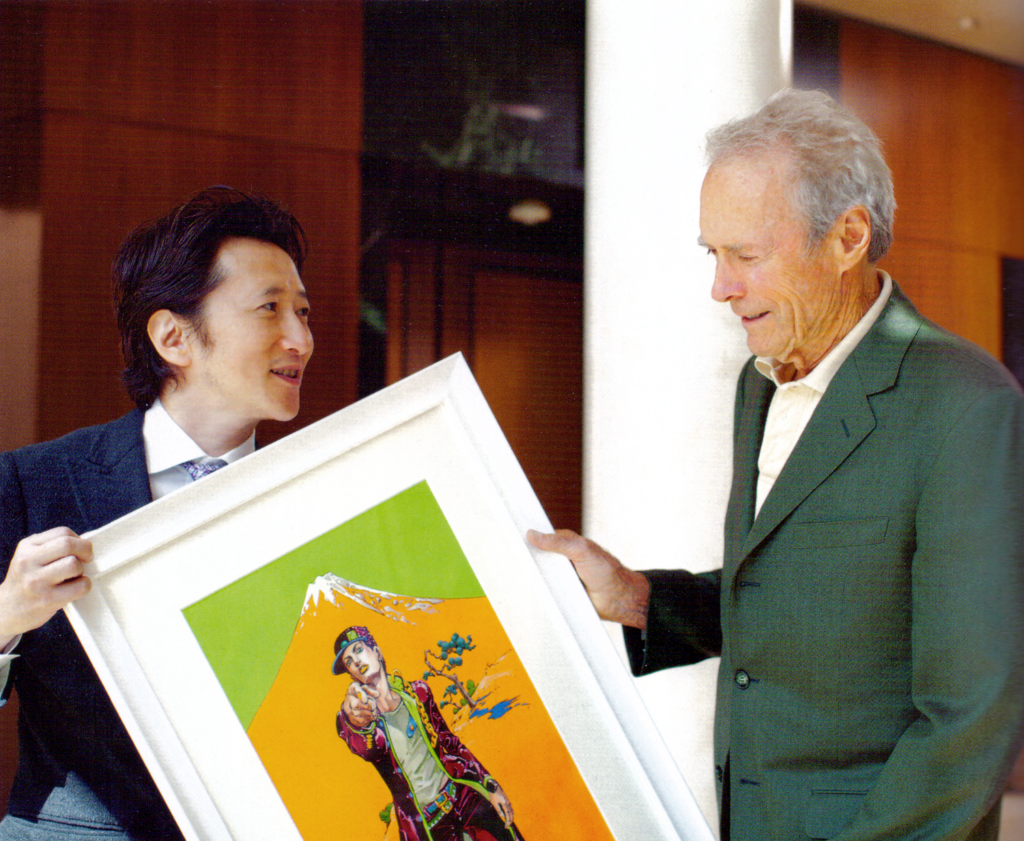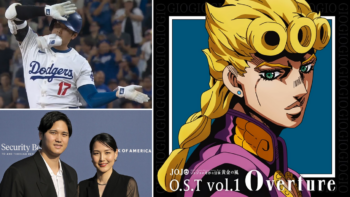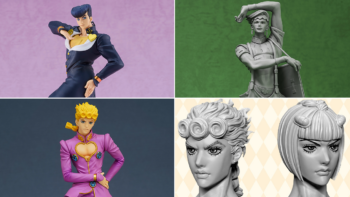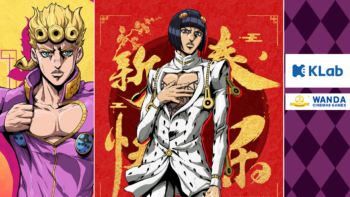In September 2012, the manga artist of JoJo’s Bizarre Adventure, Hirohiko Araki, got to meet one of his most favorite actors, Clint Eastwood. The mook called JOJOmenon published their meeting on October 5, 2012.
Below is a full English translation of the pages in JOJOmenon. The first part is an introduction where Araki discusses how Eastwood influenced JoJo and he answers some questions. The second half is his dialogue with Eastwood when the two met.
Hirohiko Araki Encounters a “Legend”
One day, a young boy was taken to a movie theater by his father. The screen projected a sun-drenched wilderness and a dry wind. Suddenly, a lone gunman appeared. The boy’s heart was captivated by the man’s expression as he squinted into the distance and his refined, beautiful stance.
The boy grew up to become a manga artist, continuing to draw one work for over 25 years. Repeatedly appearing in the story, in various forms, was the image of the hero standing quietly in the wilderness, a figure he had seen with his father that day…
Now, Hirohiko Araki is going to meet Clint Eastwood.
Hirohiko Araki Passionately Discusses His Admiration For Eastwood
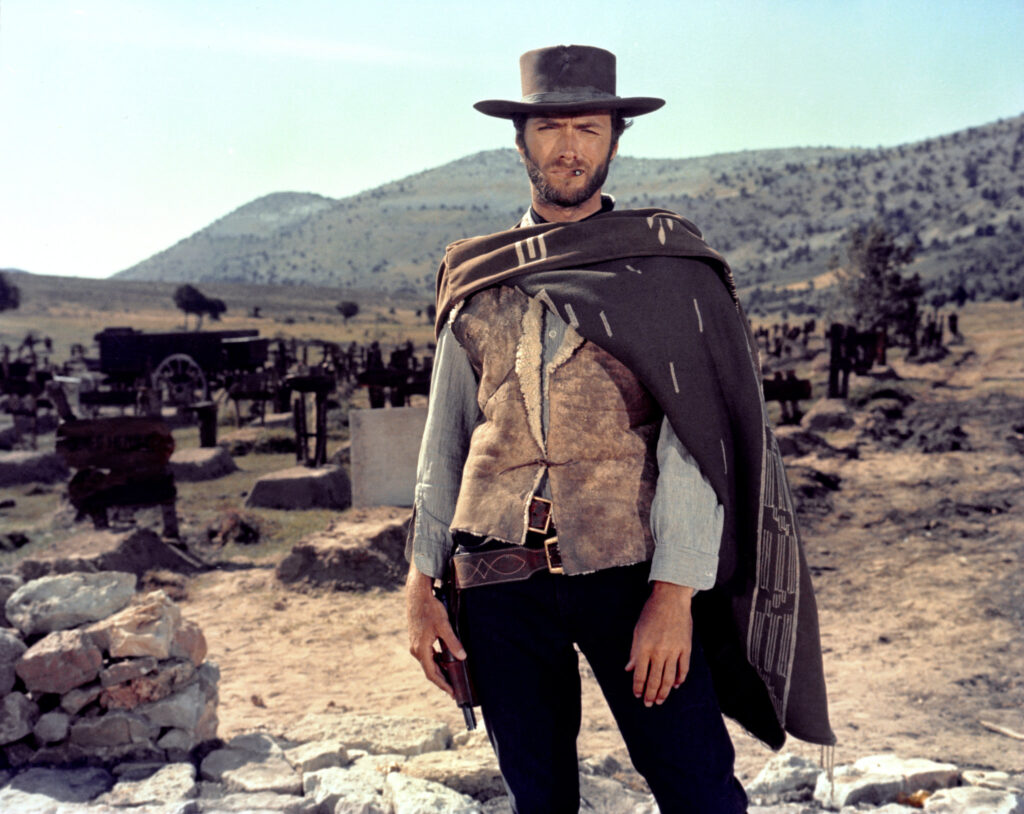

As an elementary school student, Hirohiko Araki was invited to the movies by his father.
“At that time, I was a kid and wanted to watch something like Gamera, but my father said, ‘This is cool, let’s go watch this’, and we ended up watching For a Few Dollars More (1966).”
Originally, his father was a fan of Eastwood, but watching the “cool movie” together as a father and son was in a sense decisive for young Araki’s life.
“I was an elementary school student and didn’t understand the content of the story, but I remember the images vividly. Clint Eastwood was a lone wolf, riding a horse, shooting from a distance, looking up at the hanging rope as if he was squinting. I remember how cool those scenes were.”
Ever since then, he followed Eastwood’s acting and directing works. Eastwood became the ideal hero image for Hirohiko Araki.
“I like his standing pose the most. It’s not macho, but it’s a stance that makes you feel his intelligence and good upbringing. He has elegance. The image of Eastwood standing alone in the wilderness overlaps with the protagonist of the manga Babel II, leading to Jotaro, who fights in the desert wearing a school uniform.”
The most hero-like character in the JoJo series, Jotaro Kujo, was created based on Clint Eastwood.
“Eastwood was once told by director Sergio Leone, ‘You don’t have to act, just stand there.’ So, I don’t make Jotaro do any unnecessary actions. Even when he fights, he just stands quietly with his hands in his pockets. But in reality, he throws punches with incredible speed and destructive power. And then he’s like, ‘Good grief,’ that’s the kind of feeling he has.”
But Jotaro is not the only character modeled after Eastwood’s characters.
“For instance, the protagonists of Dirty Harry (1971) and Gran Torino (2008) are linked. Harry becomes Walt Kowalski later in life. In my mind, they are connected, and it’s like there’s a narrative flow in which a man who has been fighting alone grows old, teaches something to a young man, and then passes away. Both of them are typical Eastwood heroes who continue to fight solo, even while being outcasts from society. The seventh part of JoJo is a western scenario, but Gyro and Johnny also deviate from their family and societal values and confront something big. Even the gang in the fifth part is not a team with a sense of hierarchy or circle. They are a group of outcasts. When they fight, they are each alone. This perspective of heroes was influenced by Eastwood.”
Clint Eastwood might as well be considered the unseen protagonist of JoJo. If you were a film director and were to cast Eastwood as an actor in JoJo, what role would he play?
“That’s a tough question. There would be plenty in the seventh part… um, maybe Steven Steel. Age-wise, and also the part where he’s fighting against authority.”
If Eastwood were a Stand user, what would his ability be?
“Uh, a Stand? I wonder… Maybe it would be nice for him to have the ability to create wind. It would cause a gentle breeze in the wilderness, subtly affecting the opponent while steadily attacking. That’s the kind of Stand I’d like him to have.”
Clint Eastwood & Hirohiko Araki
The dream interview becomes reality!
September 11, 2012. Hirohiko Araki finally meets Clint Eastwood. Here are the details of their conversation.
Araki: I apologize for having to speak through an interpreter today.
Eastwood (hereafter CE): Don’t worry about it. I should be the one who’s learned a bit of Japanese by now. Even when I shot a film in Japanese, I had no idea what everyone was saying at the time (laughs). Back then, people often asked me, “How can you make a movie in Japanese when you don’t speak it?” But what the actors were saying was supposed to be the same as in the English version of the script, and I had a great interpreter.
Araki: I watched your latest film, Trouble with the Curve, without subtitles, and I could still feel the emotions and was moved. The power of movies is amazing, isn’t it?
CE: That’s nice to hear. I guess it’s because movies are a visual art. You’re a visual person yourself.
Araki: Today, I would like to share my thoughts from the perspective of a manga artist. I feel that there are common themes in your movies. For example, there are similarities between Gran Torino and Heartbreak Ridge (’86). And also between Million Dollar Baby (’04) and A Perfect World (’93). I think that Trouble with the Curve is similar to Absolute Power (’97) in terms of parent-child relationships, is that intentional?
CE: Both films feature relationships with grown-up daughters. But Absolute Power was a long time ago, so I can’t say for sure. Maybe I’m subconsciously drawn to certain emotional themes. Perhaps I tend to be attracted to themes of family, especially problematic family relationships. Million Dollar Baby was a story about a father and daughter. They weren’t really father and daughter, but he became a father figure to her, and she became like a daughter to him. The same goes for Gran Torino. The protagonist was not respected by his family. He didn’t respect his family either. But the people next door became like a family to him, despite his initial prejudice. He overcomes that dilemma. Maybe I’m drawn to elements of that dilemma.
Araki: In Trouble With The Curve, there’s this scene where the main character visits his wife’s grave and sings “You Are My Sunshine” to her. I found it really moving and I’m still tempted to cry even now when I think about it. Is there a particular song in your life you love even now? For me, it’s The Carpenters’ “Superstar”.
CE: Every once in awhile, certain songs, or even movies, will randomly pop into my head. I couldn’t tell you why, but the other day I started humming “Mona Lisa” to myself. It’s a song by Nat King Cole that I heard a lot as a kid. It’s very old and was all the rage when it first came out. No one else but Nat King Cole could have made a song like that into a hit. It’s very painful and bitter, so that may have been why it resonated with me at the time.
Araki: I’ve always thought this, but I think the way you stand, Mr. Eastwood, is truly wonderful. I was once again drawn to it in this film. It’s casual yet elegant, which is really nice.
CE: That’s not something I want to know (laughs). I shouldn’t analyze myself. Instead, I prefer looking outward, like how I’m looking at your drawings right now. I don’t look at myself. It just leads to becoming really self-conscious.
Araki: I draw characters influenced by your image, Mr. Eastwood. Even the way you wear your hat. Normally, outlaws bend the brim of their hats. But in your case, the brim of the hat is straight.
CE: That’s just something I decide in the moment (laughs). When I put on the hat, it’s like, “Ah, this is good,” or “Maybe I should try this.”
Araki: Maybe it’s the nature of a manga artist, but I’ve always been looking at movie posters. I especially love the posters for The Outlaw Josey Wales (1976) and Pale Rider (1985). They were drawn by the artist Bob Peak. Did you give him any instructions on what you wanted?
CE: Ah, yes, I was involved too. He would sometimes ask me, “Which one do you like?” For the poster of The Outlaw Josey Wales, the photographer first took a picture of me holding a gun and shouting, and he used that as a reference to draw the picture. But he didn’t just copy the photo, he interpreted it in his own way. The photographer captured the emotion in the photo, and Bob Peak added his own emotion to it.
Araki: I see. You visited Japan for Letters from Iwo Jima (2006), but I heard that your previous visits were quite a long time ago.
CE: I had been to Japan several times around the time of Flags of Our Fathers (2006). I had to get permission for filming on Iwo Jima, and I had to actually go to Iwo Jima. But before that, it was 1962 when I was in Rawhide.
Araki: What did you think of Japan at that time?
CE: I found it very interesting. I was playing a character named Rowdy in Rawhide, and everyone in Japan called me “Rody-san”. Each time I was called that, I thought, “Who is Rody-san?” (laughs)
I had the opportunity to go abroad for the first time for the promotion of that show. I also went to the UK, South Africa, and Europe. It was because of that journey that I appeared in A Fistful of Dollars (1964). At that time, I had never been to Italy or Spain, and I thought it would be okay to go abroad even if the film turned out badly. Luckily, the film was a success.
Besides that, I was also a big fan of Akira Kurosawa’s Yojimbo (1961). Otherwise, I don’t think I would have appeared in that film. I was still in Rawhide at the time, so I didn’t want to do another western, and I thought it might be good to take a break. But when my agent said it was a remake of a Japanese film, I became interested. The agent didn’t know what it was a remake of, but after reading about 10 pages of the script, I knew it was Yojimbo. I read the rest in one go and decided to do it. I wasn’t sure if I could match Toshiro Mifune’s performance though.
Araki: Do you have any other memories related to Japan?
CE: I remember being very fascinated. We went to Tokyo, Hakone, Kyoto, Nara. It was a very nice trip. It was also challenging because I had to do a lot of promotional activities. Even though I was still young, it felt tough (laughs).
Araki: This is a bit of a change of topic, but I love spaghetti. And Italian wine. What kind of food do you like, Mr. Eastwood?
CE: I also like spaghetti. That reminds me, when A Fistful of Dollars was released, it was the Japanese who came up with the term “Macaroni Western”. In other countries, they started calling it “Spaghetti Western”. ‘Macaroni’ was a Japanese way of referring to Italy.
Araki: What do you usually eat?
CE: Last night, I had red wine, spaghetti, and a beet salad. I like everything, but basically, I have a Mediterranean-style diet. I also like sushi. When I was working with Ken Watanabe, I asked him, “Where do the Japanese who live here go when they want to eat sushi?” And he told me about a place across from the Pacific Design Center. I also like an Italian restaurant called “Il Piccolino”. There are many restaurants that I like.
Araki: By the way, is there anything you want right now? Or anything you will want in the future? Of course, you already have a lot of things, like fame, family, cars, etc.
CE: I’ve lived a fortunate life. I’ve been allowed to lead a good life. I’m still enjoying life. I want to keep going this way.
Araki: I understand. I’d like to give a brief explanation of the drawing I brought today. His name is Jotaro, and the dog is Iggy.
CE: Why did you name him “Jotaro”?
Araki: It’s a generational thing where I put “Jo” in front of the name of each main character.
CE: I see, that makes sense.
Araki: Jotaro and Iggy both have supernatural abilities. Jotaro’s is capable of high-speed movements, but he doesn’t really move and talk much himself. Those characteristics were influenced by you, Mr. Eastwood. And since I came from Japan to give you this drawing, I decided to include Mt. Fuji in the background.
CE: That’s wonderful. So Jotaro and Iggy, huh?
Araki: Items that feature drawings of Mt. Fuji are typically considered to be very lucky. I’d be very happy if you’d accept it as a gift.
CE: Thank you. Some guys I used to play golf with back in the day would always tell me, “it’s better to have luck than skill (laughs).”
Araki: Thank you very much for your time today.
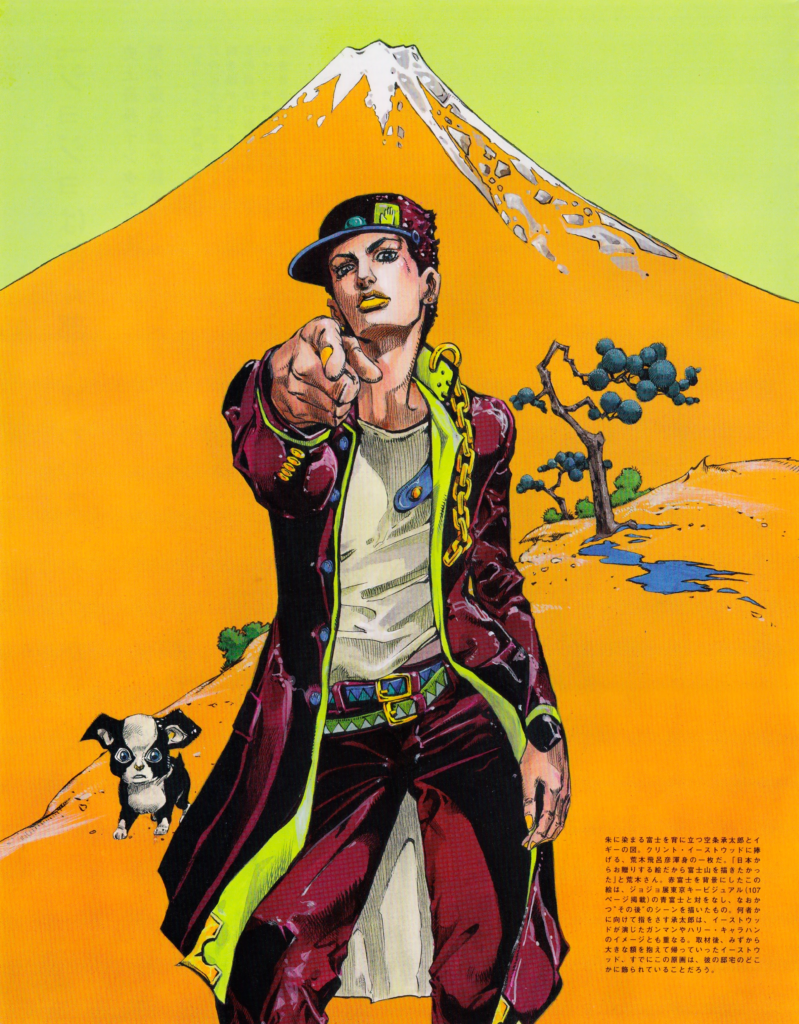

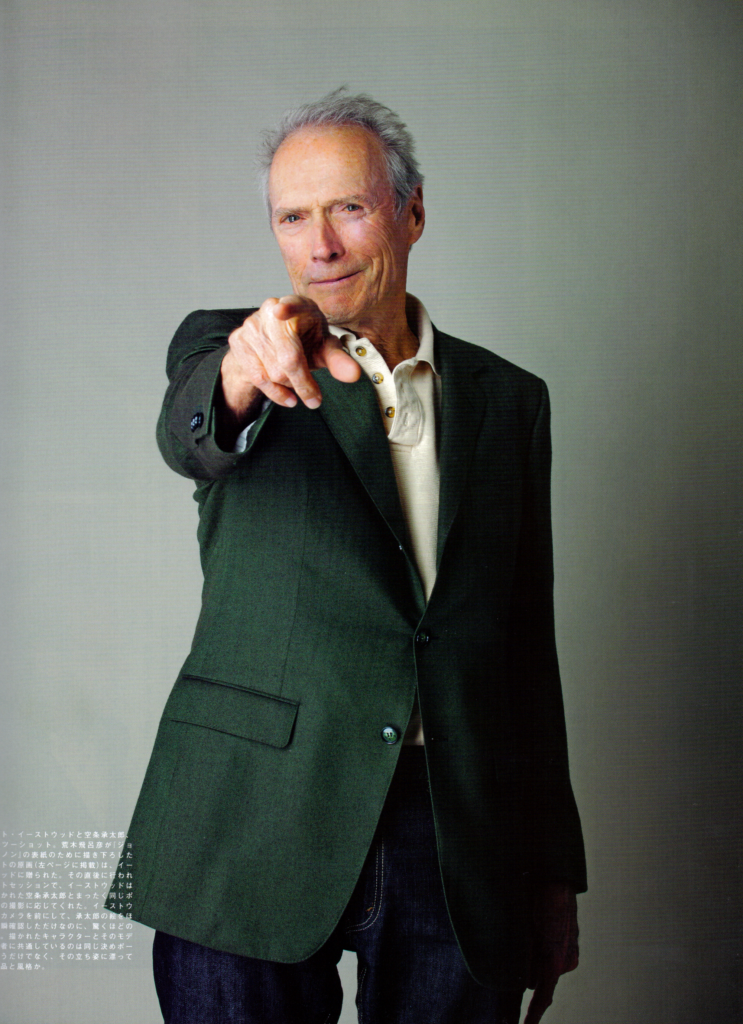

Eastwood’s profile in JOJOmenon also states “His favorite JoJo character is… not certain, but after seeing the illustrations by Hirohiko Araki, he was repeatedly murmuring the name Iggy.”
[Translated by Vish and MetallicKaiser. Thanks to kitkuni for transcribing]See also: Hirohiko Araki on Clint Eastwood’s Cry Macho: “A great joy indeed”

